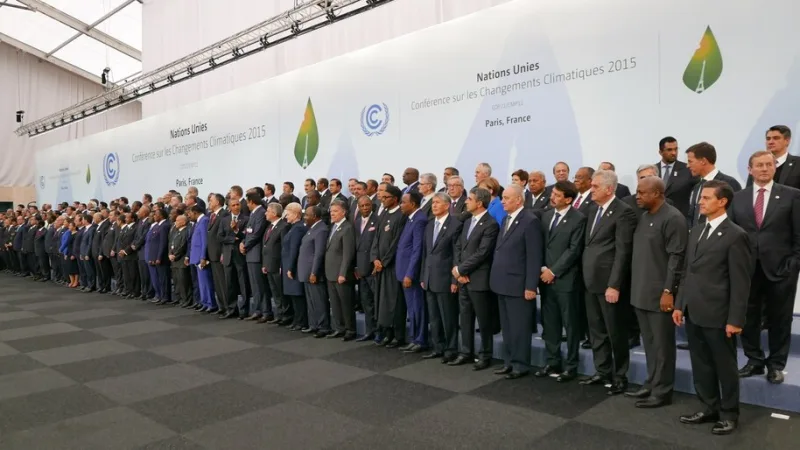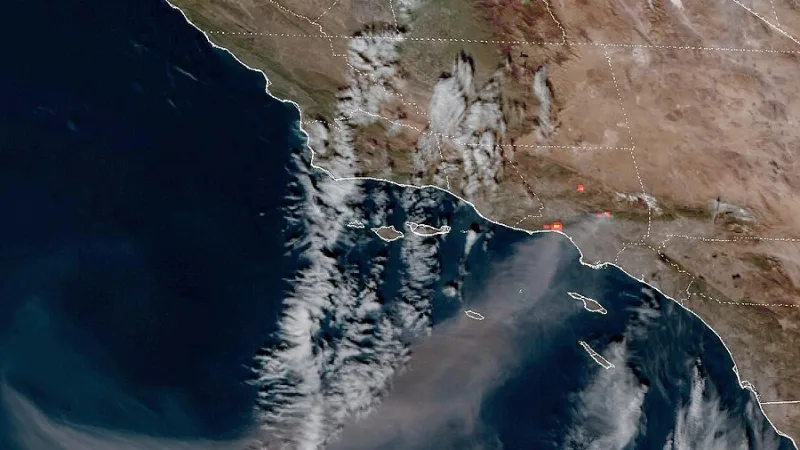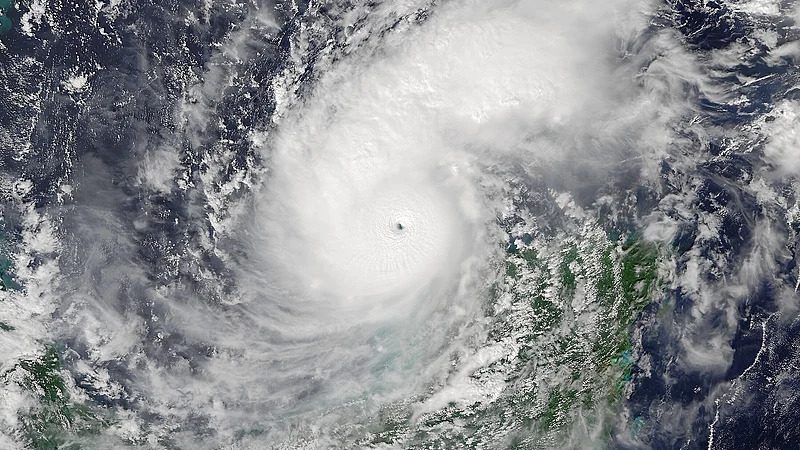Consecutive Days of Global Temperature Records Achieved during Fourth of July

On July 4, 2023, a remarkable meteorological event took place as the world experienced the hottest day since satellite temperature recordings began in 1979. This scorching day shattered the previous record set just a day before, marking an unprecedented occurrence. The average global temperature reached an astounding 62.92 degrees Fahrenheit, according to data from the U.S. National Centers for Environmental Prediction.
Seasonal and Global Heat Extremes
Becky Bolinger, assistant state climatologist for the Colorado Climate Center at Colorado State University, explained that July not only represents the peak of summer in the Northern Hemisphere but also signifies the hottest time of the year globally. Consequently, if all-time temperature records are to be broken, it is during these months that such extraordinary events are expected to occur.
The temperature surge from July 3 to July 4 witnessed a significant increase of 0.3 degrees Fahrenheit in the global average, emphasizing the magnitude of this new record. Prior to this, the highest recorded average global temperature was 62.46 degrees in August 2016.
Bolinger noted that while these records were somewhat anticipated, witnessing them unfold highlights the sobering reality of the past 50 years’ climate transformation.
Factors Contributing to Extreme Heat
A combination of factors has contributed to the recent surge in extreme temperatures. Bolinger highlighted two significant contributors: global warming and the influence of El Niño, a natural climate pattern characterized by warming of the Pacific Ocean’s surface, which leads to alterations in weather patterns.
The slow response of the vast oceans, which account for a substantial portion of the Earth’s surface, plays a crucial role in driving the observed changes. Bolinger emphasized that the magnitude of the 0.3-degree increase was primarily influenced by ocean anomalies rather than land-based temperature anomalies. This underscores the significance of the jump in global temperatures.
Escalating Frequency of Extreme Heat Days
The occurrence of extremely hot days has been steadily increasing since 1970 in 195 cities across the United States, according to Climate Central. More than 70% of these cities now experience at least seven additional days of extreme heat each year compared to the 1970s.
Bolinger cautioned that if high temperatures persist throughout the summer, it is highly likely that another global heat record will surpass the one set on July 4.
Regional Disparities and the Distinction Between Climate and Weather
While some regions in the Mountain West states experienced scorching temperatures on Independence Day, other areas, such as Colorado, Montana, and Wyoming, were fortunate to be graced with rain showers and cooler climates.
Bolinger emphasized the distinction between climate and weather, highlighting that climate patterns span long periods, whereas weather conditions are transient. She also emphasized the importance of recognizing that local weather phenomena may not be representative of global conditions.
While some areas may exhibit cooler anomalies on a weekly basis, Bolinger pointed out that a closer look at the global map would reveal a prevalence of hotter anomalies.
Focusing on the Long-Term Climate Trend
Bolinger urged the public not to become disheartened by isolated hot days or short-term weather events. Instead, she stressed the significance of observing the overall trend and considering long-term climate patterns in order to gain a comprehensive understanding of the Earth’s changing climate.






